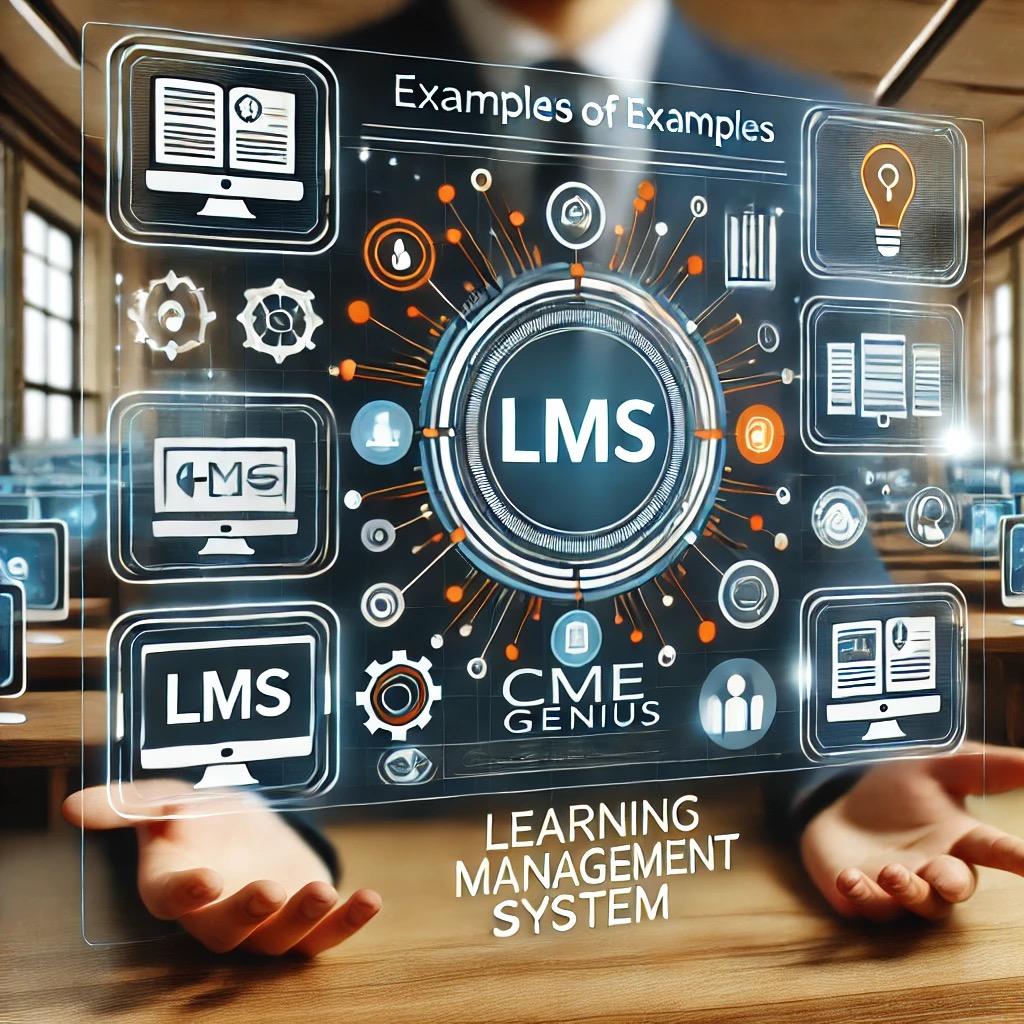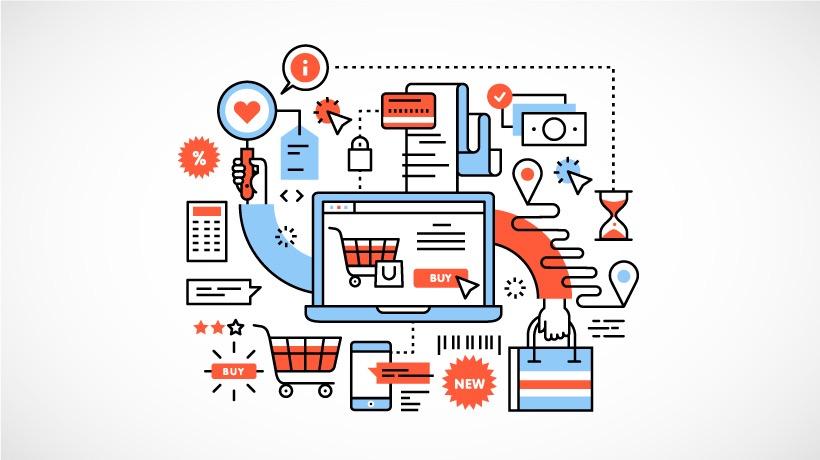
How to Use LMS Tools for Better Learner Engagement
By Jason Cox MDHow to Use LMS Tools for Better Learner Engagement
Learning Management Systems (LMS) can transform medical training by boosting engagement and enhancing learning outcomes. Here's a quick breakdown of the key strategies and features covered in this guide:
Data Personalization: AI-driven analytics tailor content to individual learners, improving retention by 85%.
Mobile Accessibility: Flexible learning options ensure higher participation.
Compliance Tools: Simplify regulatory training with automated tracking and reporting.
LMS tools like Medbridge and CME Genius integrate these features, leading to measurable improvements like a 67% increase in onboarding efficiency and 75% reduction in staff turnover. However, only CMEGenius has integrated compliance tools. Dive into the details to see how these strategies can elevate medical education.
"Feedback has no effect in a vacuum; to be powerful in its effect, there must be a learning context to which feedback is addressed."
– Eloise Marthouret, The effect of quick feedback on employee motivation and performance [4]
Instant feedback combined with diverse challenge types keeps learners engaged and reinforces critical concepts. Notably, companies that implement regular feedback report a 14.3% decrease in turnover rates compared to those that don't [4]. Together, these gamified elements create a dynamic, learner-focused environment within the LMS.
Data-Driven Learning Personalization
Data analytics go beyond gamification by customizing learning experiences for each individual. Research indicates an 85% boost in engagement when learners follow personalized paths [10].
Student Progress Monitoring
Learning Management System (LMS) analytics offer real-time insights into how learners interact with courses and assessments. Some key metrics include:
Metric Type | What It Measures | How It's Used |
|---|---|---|
Engagement | Time spent, interaction frequency | Tracks participation trends |
Performance | Assessment scores, completion rates | Evaluates learning outcomes |
Behavior | Resource access, preferred content types | Refines content strategies |
Compliance | Certification status, due dates | Ensures regulatory adherence |
These aggregated insights also help managers stay on top of certification renewals, ensuring compliance is maintained [5].
Learning Gap Analysis
Analytics can pinpoint areas where learners struggle, enabling targeted support. For example, during efforts to combat the opioid crisis, patient surveys highlighted gaps in how physicians communicate addiction risks. This led to specialized training programs focusing on skills like empathic interviewing and conflict resolution [5].
Healthcare organizations also gather data from real-world scenarios, such as observing handwashing techniques or mock Code Blue drills. These observations reveal skill gaps, allowing for adjustments to training programs [5]. This practical data helps refine curriculums to better meet real-world needs.
Custom Content Suggestions
AI-driven LMS platforms analyze individual performance to recommend tailored learning paths. These systems adjust content delivery based on:
Role-Specific Needs: Healthcare professionals are automatically guided to training relevant to their specialty and job responsibilities [6].
Skill Levels: Experienced practitioners can skip content they've mastered, while others receive extra resources to address weak areas. This ensures efficient learning without sacrificing thoroughness [6].
Performance Data: Study habits are tracked, retention is tested, and courses are recommended to close knowledge gaps [8][9].
Machine learning even helps program directors identify learners who might need additional support. However, human input remains essential for creating detailed remediation plans [7]. This personalized approach works alongside interactive elements to keep medical trainees engaged.
AI-Powered Learning Tools
AI is transforming medical training by offering tailored learning experiences and instant feedback. According to recent data, 80% of healthcare professionals feel overwhelmed by the constant influx of information and changing protocols [12]. This creates a strong need for AI tools that adapt content delivery to suit individual learners.
Smart Content Distribution
AI systems analyze how learners interact with materials to deliver targeted content. These systems consider various factors to make learning more effective:
Factor | AI Response | Impact on Learning |
|---|---|---|
Learning Style | Adjusts format (e.g., video, text, interactive) | Improves understanding |
Knowledge Gaps | Recommends additional resources | Strengthens weak areas |
Time Management | Develops optimized study schedules | Boosts course completion rates |
Career Goals | Aligns content with specific specializations | Makes learning more relevant |
The global market for AI-driven learning platforms is expected to grow from $23.35 billion in 2024 to $32 billion by 2032, at a compound annual growth rate of 17% [13]. Beyond content delivery, AI also fine-tunes the difficulty of materials in real time.
Auto-Adjusted Difficulty Levels
AI-powered Intelligent Tutoring Systems (ITSs) dynamically adjust the complexity of learning materials based on student performance. These systems act like human tutors, interpreting responses and customizing learning paths as needed [11].
"AI can enhance teaching by assisting in developing new strategies for educators. Similarly, students also benefit from intelligent systems playing the role of competent teachers." [11]
– Suresh Narayanan, Department of Anatomy, All India Institute of Medical Sciences
For example, quick learners can earn micro-credentials like 'Data Security Certified' badges, while those needing extra help are guided through interactive quizzes [13]. These adjustments are paired with real-time feedback to keep learners on track.
Real-Time Learning Feedback
Machine learning provides instant, actionable feedback to:
Track progress against learning goals.
Highlight areas needing improvement with specific suggestions.
Offer additional resources immediately.
Research shows that personalized AI learning can increase student engagement by up to 50% [12]. This kind of immediate feedback not only enhances learning but also improves knowledge retention, especially in high-pressure clinical environments.
For AI to enhance education effectively, medical organizations need to train educators on how to integrate these tools into teaching and assessment [11]. This ensures technology supports, rather than replaces, human instruction, creating a dynamic and engaging learning experience.
Group Learning Features
Group learning tools add a collaborative edge to personalized and gamified strategies, encouraging teamwork and peer interaction. Studies show that learning in groups can boost retention rates by 50% [15].
Student Discussion Tools
Discussion forums provide a space for students to share ideas and experiences. With 70% of learning happening through informal social interactions [16], these tools play a major role in knowledge exchange.
Feature | Purpose | Impact |
|---|---|---|
Moderated Q&A Sessions | Expert-led discussions on medical topics | Promotes accurate information sharing |
Post-Webinar Forums | Continued discussions after webinars | Reinforces learning through peer insights |
Clinical Case Forums | Analysis of real-world medical cases | Encourages critical thinking and teamwork |
Specialty Groups | Topic-specific forums for specialties | Focused learning in niche medical fields |
These tools integrate seamlessly with gamification and AI personalization, keeping learners engaged and enhancing their training experience.
Online Group Learning
Strong communication in online groups can increase productivity by 25% [15]. Modern LMS platforms support collaboration with features like:
Virtual Instructor-Led Training (VILT): Combines live teaching with group work.
Collaborative project spaces: Simplifies team assignments.
Shared document repositories: Centralizes resources for group research.
Real-time feedback tools: Enables peer reviews and instant input.
Social Learning Features
Social learning tools can improve employee performance by up to 50% [16]. They create an interactive, professional environment that motivates learners.
Key features include:
Knowledge Sharing Incentives
Platforms encourage participation with badges, milestones, and peer recognition. Organizations using these methods report a 30% boost in productivity [16].Interactive Learning Spaces
Advanced LMS platforms offer:Community Building Tools
These features help create supportive networks:Mentor-mentee matching systems
Boards for sharing professional goals
Spaces for new hires to connect [14]
Cross-departmental learning groups
These social and group learning features ensure a dynamic, engaging, and collaborative training environment.
CME Genius Platform Features

CME Genius combines tools for engaging learners with ACCME compliance features to deliver effective medical training programs.
Game Elements and Analytics Tools
The platform boosts medical education through interactive features designed to keep learners engaged:
Feature | Purpose | Benefit |
|---|---|---|
Achievement Badges | Tracks module completion | Encourages participation |
Performance Points | Rewards knowledge mastery | Promotes consistent engagement |
Clinical Challenges | Tests practical knowledge | Encourages problem-solving |
Progress Analytics | Monitors learning trends | Helps refine teaching strategies |
The analytics dashboard allows educators to pinpoint learning gaps and adjust their content to improve outcomes, all while supporting evidence-based teaching methods [19].
ACCME Compliance Tools

CME Genius simplifies compliance with ACCME standards, reducing administrative effort. Lexie Cox, Chief Director at IAME, shares her experience:
"CMEGenius' ACCME Software has revolutionized the way we manage our CME activities. It's a game-changer for any CME Coordinator" [20].
Highlighted features include:
Automated Documentation: Cuts paperwork by 75% [20].
Activity Planning Tools: Simplifies gap analysis and objective setting.
Financial Disclosure Management: Tracks conflicts of interest with ease.
Learner Self-Assessment: Automatically documents progress.
ACCME Data Transfer: Streamlines reporting to accreditation bodies.
These tools integrate seamlessly with CME Genius's course management system, making compliance easier while enhancing efficiency.
Course Delivery and Payment Systems
The platform supports a branded learning experience with tools for course creation, payment processing, and customization:
Content Management
Educators can design and manage courses, including assessments and webinars, all within the platform.E-commerce Integration
Secure payments are handled through Stripe, offering an easy way to monetize courses while staying compliant.Customization Options
Organizations can tailor the platform with:Branded course environments
Custom assessments
Flexible scheduling options
Learning paths informed by analytics
These features address both academic and operational needs, ensuring a high-quality learning experience that aligns with ACCME standards.
Conclusion: Effective Use of LMS Tools
Main Points for Medical Teachers
Using LMS tools effectively can help medical educators improve engagement and learning outcomes. Here's a breakdown of key areas to focus on:
Focus Area | Implementation Strategy | Expected Outcome |
|---|---|---|
Technical Support | Provide thorough training for faculty and residents | Fewer technical issues [21] |
Content Design | Collaborate with instructional designers and specialists | Better engagement and knowledge retention |
Assessment Methods | Use Kirkpatrick's model for multi-level evaluation | Better insights into patient care impact [22] |
Interactive Elements | Add quizzes, discussions, and simulations | Higher learner satisfaction and performance [17] |
"We are just beginning to see how AI will fundamentally upend some of the ways that we educate and train our nation's future doctors. The cautious experimentation and implementation of AI in medical school offers great promise for faculty and students - but it has to be carried out with great care and clear-eyed assessments." [23]
As LMS technologies continue to evolve, they offer exciting possibilities for enhancing medical education.
Next Steps in Medical LMS Development
New advancements in LMS tools are transforming healthcare education. For example, AI in healthcare could lead to savings of $200–360 billion annually in the United States [11]. While AI integration grows, maintaining human oversight remains critical.
"The human is the final arbiter of the 'ground truth' in assessing AI-generated work with and for students. The human part of the equation is such an important component. We must protect it with the highest level of scrutiny." [23]
Emerging trends to watch include:
AI-Enhanced Learning: Virtual patient simulations and personalized learning modules are becoming standard. At UC College of Medicine, 85% of AI-generated questions and answers met USMLE standards during a pilot test [23].
Gamification Evolution: Advanced gaming features are being added to case-based learning modules, creating more immersive clinical scenarios [24].
Mobile Integration: Platforms are improving mobile access, enabling healthcare providers to learn on the go and meet the growing demand for flexible training options [17].
These trends highlight the need to balance cutting-edge technology with the core values of medical education, ensuring compliance with ACCME standards and maintaining high educational quality.
Related Posts

Examples of Top Learning Management Software
Learning Management System

CMEGenius: The Leading E-commerce Learning Management System for Medical Education
Learning Management System
